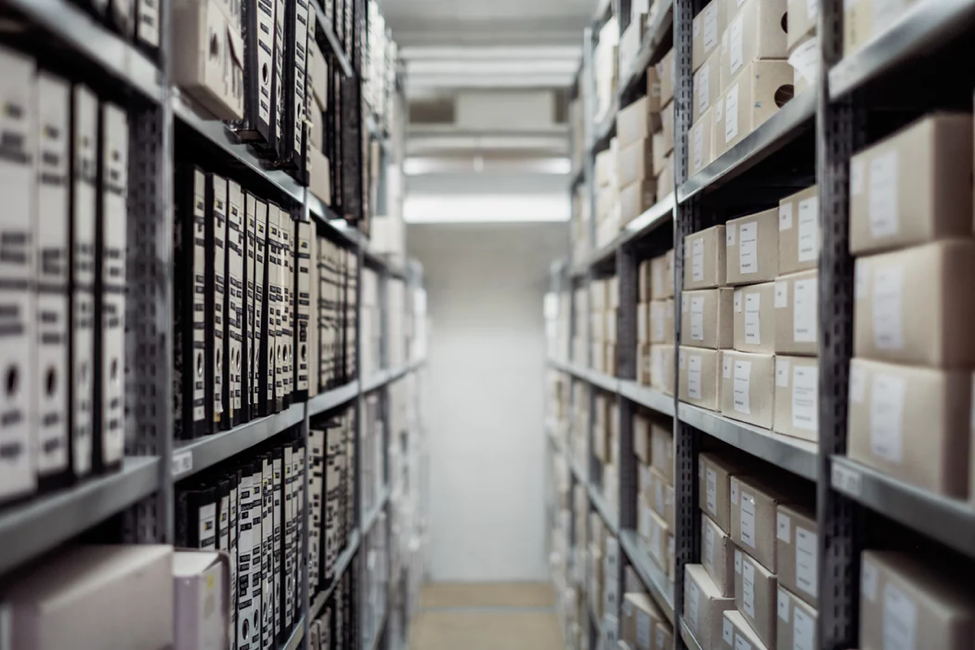Why RFID Tags Are Your New Normal

Just as cellular phones the size of suitcases have been replaced by smart devices that fit in our pockets, newer technological innovations inevitably supplant less efficient tools. While barcodes served many industries well in the past, RFID technology has reached maturity and is rapidly becoming standard practice for tracking assets and inventory.
For defense contractors, RFID tags can make a significant impact in streamlining asset tracking and delivering better data. In this article, you’ll learn how RFID tags can make a difference in your business, how to implement RFID tagging, and questions to ask a potential RFID solution provider.
What are RFID tags?
RFID stands for “radio-frequency identification.” This technology relies on electromagnetic fields to automate the identification and tracking of tags placed on items. DoD suppliers know how transformational this technology can be in terms of tracking and managing their products and assets.
Why should RFID tags be your new normal?
Companies across many different industries, from retail to logistics to manufacturers, have adopted RFID technology over the past several years. According to the editor-in-chief of RFID Journal, Mark Roberti, RFID is “just now reaching maturity and will soon explode,” particularly as more and more firms experience the benefits of the technology for themselves. In addition, research company IDTechEx estimated the total RFID market to be worth $11.2 billion in 2017. They also projected that 18.2 billion tags would be sold, representing impressive year-on-year growth of 20%.
There are many benefits of RFID over more traditional tracking methods, such as barcodes. Using RFID tags for asset tracking is:
- More efficient: Wireless scanning, and the ability to scan multiple tags at once, allows RFID tags to provide information extremely quickly.
- More precise: The real-time nature of RFID tracking gives you more precise information, leading to better, more informed decisions.
- More accurate: Item-level RFID tags give highly accurate information and have less propensity for human error. In fact, according to RFID Journal, RFID can bring inventory accuracy up to 95% or better.
Convinced yet? If you decide to switch to RFID, there are a few considerations you should bear in mind: the implementation process and which solution provider you’ll choose.
10 steps for implementing item level RFID
As you start along your RFID implementation journey, here are 10 suggested steps for the process:
- Identify your implementation project team
- Begin any necessary manufacturer preparation, such as process changes
- Create and distribute an RFP for RFID vendors
- Select an RFID vendor and finalize the contract
- Determine any new equipment you’ll need and procure it
- Install and test new equipment and software
- Train employees on new processes and technology
- Start tagging items with RFID
- Gather data on tag performance, cost, lead times, etc. to measure improvement and determine future opportunities to enhance the process
- Resolve issues and provide further training as needed
Although your process will vary depending on your business needs, the suggested steps above can serve as a template to get you started.
Evaluation questions for an RFID tag provider
As you evaluate vendor proposals as part of the RFP process, here are some questions to ask a potential RFID tag solution provider:
- How clearly does the vendor explain the details of their solution’s functionality?
- Does their solution provide:
- Fully integrated solution
- Item-level visibility
- Item-level accountability
- Tailored processes and scalability
- Does their solution enable you to:
- Download open contract data from VIM-ASAP
- Encode and print item-level tags in accordance with customer requirements
- Encode and print case and pallet tags
- Integrate into manual packing process within space specified
- Programatically link item to case
- Handle exceptions
- Provide case to pallet link
- Seamless upload to VIM-ASAP
- Does the proposal meet implementation timelines?
- Is the cost fixed or variable?
- Is the solution architecture remote or local?
Learn more about vendor selection and RFID implementation in our Best Practice Guide to Implementing Item Level RFID.
The Odyssey cloud platform is a DoD-approved software that provides one integrated location for all your defense commerce tasks using passive RFID. Get in touch with us to learn more about how we can help you take advantage of all the benefits of RFID technology.
